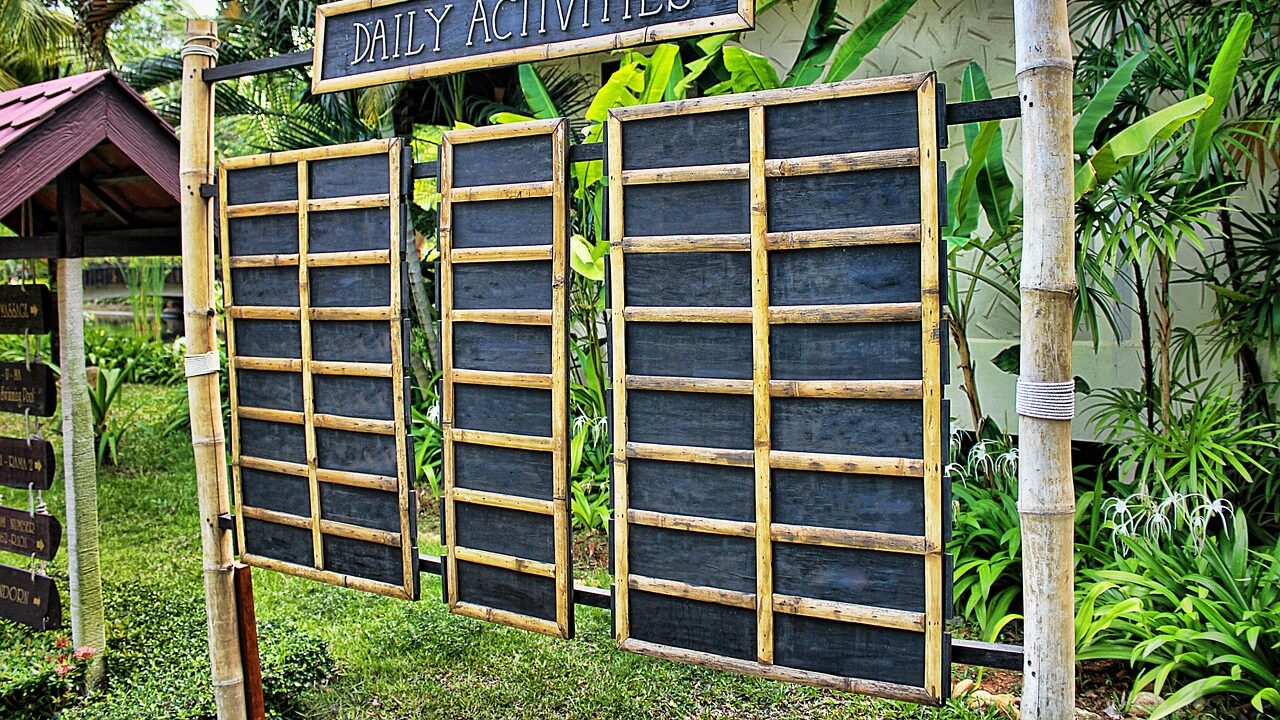Mr Julio Velasco

He is a famous volleyball general that everyone knows.
I was strongly impressed by a video interview with him that was previously uploaded on X, which led me to write this article, as I wanted to keep it as a record for myself.
I would now like to transcribe the interview subtitles and present them here. Although it is only a few minutes long, the interview exudes his philosophy as a volleyball coach. I hope you enjoy it.
Interviewer: Is it something that you have to have a team concept even if you have the best players in the world?
Julio Velasco: Definitely.
Interviewer: Is it something that is absolutely essential?
Julio Velasco: I don’t mean it is indispensable. The system (game model) that a team has is adapted by the players. If you have the best players in the world, you need a system that allows them to play the best in the world. That’s the problem. A system (game model) is not like an absolute rule. A system (game model) is something that solves normal situations that arise in the game.
Interviewer: So is there the system (game model) to solve situations?
Julio Velasco: It solves situations that are within the expected range, standard situations. If the opponent breaks the system (game model), you need the individual capacity to solve it. This is the same with traffic rules. Road traffic is like a system (game model).
Interviewer: Is road transport a system?
Julio Velasco: Yes, it is! It determines where to stop, when to stop or not to stop.
Interviewer: And?
Julio Velasco: If there were no traffic rules it would be a terrible thing. And if the car in front of you suddenly has a heart attack and the car stops suddenly, if you avoid it, you’re saved, if you don’t avoid it, you’re finished.
Interviewer: That’s brilliant. I think that’s the best way to explain it. So you are saying that in unexpected situations, the system (game model) doesn’t solve the problem, but the individual has to solve it.
Julio Velasco: That’s what I mean! For example, if you have a system (game model) in defence and all of a sudden your teammates go out to pressure you…
Interviewer: So which do you prefer? Julio, you are really great. I would like to show my respect. Which do you prefer, that the system (game model) solves the problem or that the talent solves the problem?
Julio Velasco: Who?
Interviewer: you. As the leader of the team.
Julio Velasco: For myself? Both. I urge my players to be creative when the system (game model) cannot solve a situation. We just train as a team to do what we do in the game. The system (game model) has something in common with road traffic. It means that you should not use your brain for things that are not important. That way you can leave brain energy for creativity.
“Road Transport” and “Game Models” are systems
Now I would like to summarise my interpretation of the above interview.
What exactly is his idea of a system (game model)?
In the interview, he cites ‘Road traffic’ as an example of a system. So what exactly is “Road traffic”? I believe it can be explained as follows.

Road traffic is, so to speak, the collective term for traffic rules, signals, signs, etc. that are set up to ensure the safe movement of cars, motorbikes, cyclists and pedestrians. By learning about and adapting to the road traffic system, we are trying to achieve the goal of safe and smooth movement of individual road users.
Now, what if we replace this with the volleyball system, i.e. the “game model”?
Can we think of it like this?

The game model is, so to speak, a collection of commitments (playing principles) within a team that are set to win the volleyball game. By learning and adapting the game model, the players in the team try to achieve the objective of the team winning the game.
Based on these considerations, I can briefly summarise “Road transport” and “Game models” in my own way so that they can be contrasted with each other as follows.
Road transport: means to achieve the objective of safe and smooth movement.
Game models: means to achieve the objective of winning the game.



